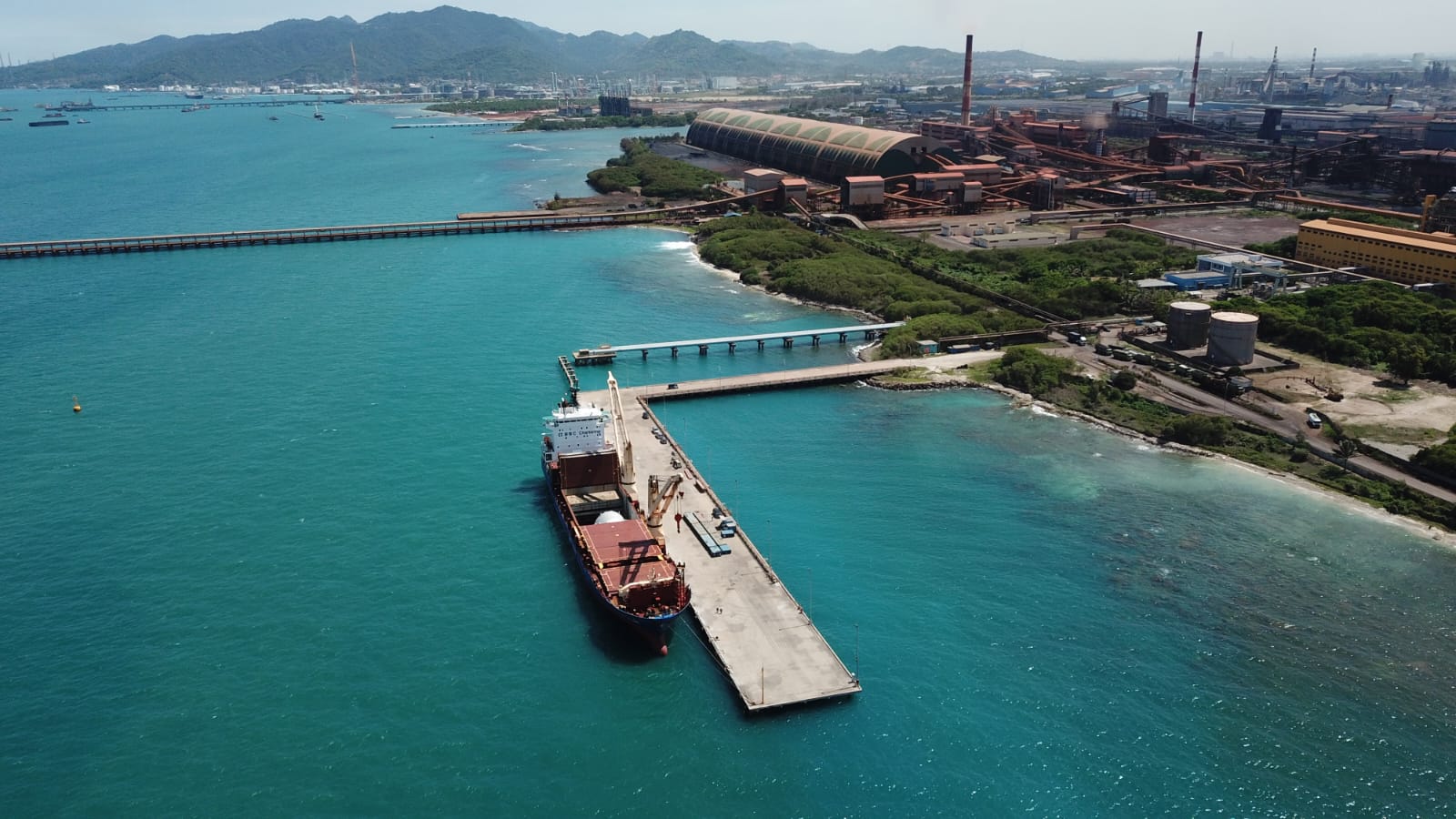Jetty & Trestle Analysis
The purpose of a jetty and trestle analysis for unloading heavy cargo using Self-Propelled Modular Transporters (SPMT) at Krakatau Port is to ensure the structural integrity and safety of the jetty and trestle structures during the unloading process. This analysis helps in planning and executing the unloading operation efficiently and safely.
Steps for Analysis:
- Structural Assessment:
- Evaluate the current condition of the jetty and trestle structures.
- Identify any potential weaknesses or areas that need reinforcement.
- Load Calculation:
- Determine the weight of the cargo (385 tons) and the forces it will exert on the jetty and trestle during unloading.
- Calculate the maximum load capacity of the jetty and trestle structures.
- Stability Analysis:
- Assess the stability of the jetty and trestle under the load of the cargo.
- Ensure that the structures can withstand the forces without tipping or collapsing.
- Environmental Factors:
- Consider environmental factors such as wind, waves, and tidal changes that may affect the unloading process.
- Plan for contingencies to handle adverse conditions.
- SPMT Configuration:
- Determine the appropriate configuration of SPMTs for transporting the cargo.
- Ensure that the SPMTs are properly leveled and balanced to distribute the load evenly.
- Simulation and Testing:
- Use simulation software to model the unloading process and identify potential issues.
- Conduct physical tests if necessary to validate the simulation results.
- Safety Measures:
- Implement safety measures such as load monitoring, emergency response plans, and regular inspections.
- Ensure that all personnel involved in the unloading process are trained and aware of safety protocols.
By conducting a thorough jetty and trestle analysis, PT. Simsar Reka Gemilang can ensure that the unloading of heavy cargo using SPMTs at Krakatau Port is carried out safely and efficiently. This analysis helps in preventing accidents and minimizing the risk of structural failure.


